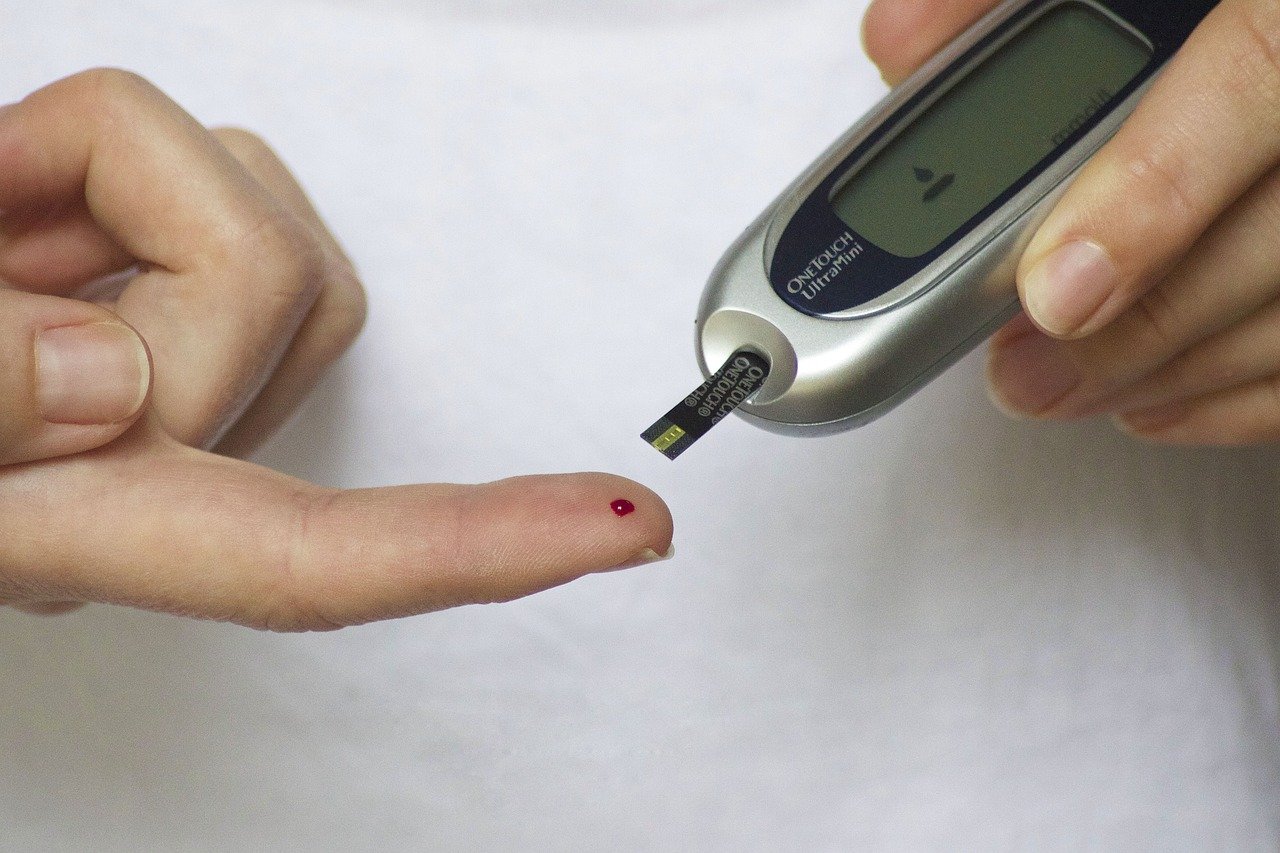IBS and IBD
Abdominal discomfort and alterations in bowel habits are the hallmarks of functional bowel disorders (IBS), where low-grade intestinal inflammation is partly caused by modifications in the normal gut flora. The pathophysiology of irritable bowel syndrome (IBS) is linked to intestinal microbial dysbiosis, which promotes pathogenic microorganism adherence to the intestinal wall. IBS is typified by a decrease in the population of Bifidobacterium and Faecalibacterium and a rise in the genera Dorea, Clostridium (as Bacillota phylum), and Ruminococcus. Idiopathic inflammatory bowel disorders (IBDs), including Crohn’s disease and ulcerative colitis, are immune-driven chronic illnesses caused by an unfavorable immune response to indigenous symbiotic gut microbes. Research has indicated that IBD patients have a shift in the gut microbiota’s composition, with a qualitative decline in the population and an increase in mucus-attached microbes. The host controls the eubiosis of the gut microbiota through a variety of mechanisms, including immunological and epithelial responses, nutrition, drug use (particularly antibiotics), genetics, and more. According to certain studies, the incidence of IBD peaks in the sixth and seventh decades of life, while it is most common in the second and fourth decades of life.

Immune dysregulation (allergies and autoimmunity)
Immune system development depends on the maturation of the gut microbiota, and dysregulation can result in allergic reactions or asthmatic phenotypes. According to the hygiene hypothesis, the development of the immune system may be adversely affected by a person’s lack of exposure to harmful germs. According to the microbiota hypothesis, a less diverse microbiota of the gut in developed countries results from dietary changes and enhanced antibiotic usage, which might modify immunological tolerance and raise the likelihood of allergic hypersensitivity. The pathophysiology and symptoms of autoimmune diseases, including celiac disease, are similar. These include poor cognitive function, allergic manifestations, mood swings, gastrointestinal issues, and chronic fatigue. With a higher abundance of Escherichia coli and Bacteroides and a lower abundance of Bifidobacterium spp., the gut microbiota is crucial to the onset and progression of celiac disease. The state remains unchanged even with a gluten-free diet. A child born via cesarean section is more likely to get the illness.

Diabetes mellitus
The role of the gut microbiota in the pathogenesis of Type 1 Diabetes (T1D) remains unknown, but experimental models suggest that some bacterial families may act protectively against divalent metal transporter 1 (DMT). Studies have shown that antibiotics can prevent the occurrence of T1D, and probiotics with bacterial strains can prevent or delay its progression. In mice that developed DMT1, stool samples from animals showed higher concentrations of probiotic bacteria, such as Lactobacillaceae phyla and Bifidobacterium spp., compared to mice that did not develop diabetes.
The gut microbiota has been associated with the presence of obesity, insulin resistance, and T2D, with changes in the number of Bifidobacteria, Lactobacillaceae phylum, Clostridioides genus, and the Bacillota/Bacteroidota ratio. Obesity and T2D share low-grade inflammation in tissues involved in metabolism regulation, such as the liver, adipose tissue, and muscle. Inflammation is characterized by an increase in cytokines, interleukin (IL)-6, IL-1, and tumor necrosis factor-alpha, leading to insulin resistance.
T2D may have a high presence of Gram-negative intestinal bacteria, such as Bacteroidota. In diabetic mice, a reduction in Bacteroides/Prevotella spp. has been linked to improved metabolic endotoxemia and lowered laboratory tests of inflammation. Changes in the number of Bifidobacterium, Lactobacillaceae phylum, Clostridium, and the ratio Bacillota/Bacteroidota have also been observed in the intestinal microbiota of children with T1D.
Various theories have been proposed to explain the effect of the intestinal microbiota on insulin resistance and T2D, including metabolic inflammation, modification of incretin secretion, and the production of hydroxybutyric acid. Lipopolysaccharides, endotoxins found in the outer membrane of Gram-negative bacteria, cause metabolic inflammation, which is characterized by the release of pro-inflammatory factors. Probiotic treatment can modify the intestinal microbiota by altering the intestinal barrier, reducing lipopolysaccharide-induced metabolic inflammation.
People with T2D have an increase in various opportunistic gut pathogens and a decrease in the concentrations of hydroxybutyric acid-producing bacteria. Hydroxybutyric acid is the main source of energy for maintaining the function of the digestive system, and changes in gut bacteria were found in colon cancer patients and elderly subjects, suggesting that hydroxybutyric acid-producing bacteria could potentially have a protective role in the functioning of the gut microbiota.

Obesity and atherosclerosis
The transfer of hydrogen between some bacterial taxa, such as the H2-producing Prevotellaceae and methanogenic archaea, is associated with obesity. Colonies of H2-producing bacteria, mostly from the Prevotellaceae family and several Bacillota groups, are present in the gastrointestinal tracts of obese people along with a high concentration of H2-oxidizing archaea methanogens. Soluble fatty acids (SCFAs) are formed when gut bacteria ferment dietary fibers and plant polysaccharides. Fermentation is aided by an increase in methanogenic oxidation, which results in the production of additional SCFAs.
Food and related bacteria are among the environmental and genetic variables that contribute to atherosclerotic vascular disease. Betaine, Trimethylamine N-oxide (TMAO), and choline are three circulating phospholipid-related compounds that are thought to induce atherosclerosis and can be utilized as biomarkers to estimate the risk of cardiovascular disease. The region of aortic injury and plasma TMAO levels in apoE-deficient mice showed a favorable correlation. The administration of antibiotics to apoE-deficient mice altered their plasma TMAO level and the extent of their atherosclerosis, indicating that the gut microbiota plays a major role in the progress of atherosclerosis in these mice.
There is a recently discovered pathway that connects gut microbiota, dietary fat intake, and atherosclerosis. The gut bacteria metabolize dietary L-carnitine to TMA, which is then transformed to TMAO in the liver, hastening the onset of atherosclerosis in mice. People who eat a non-selective diet had significantly greater levels of circulating TMAO than people who eat a diet heavy in vegetables. There is a correlation between plasma TMAO levels and faecal microbiota analysis in Prevotella enterotype individuals as opposed to Bacteroides enterotype persons.


